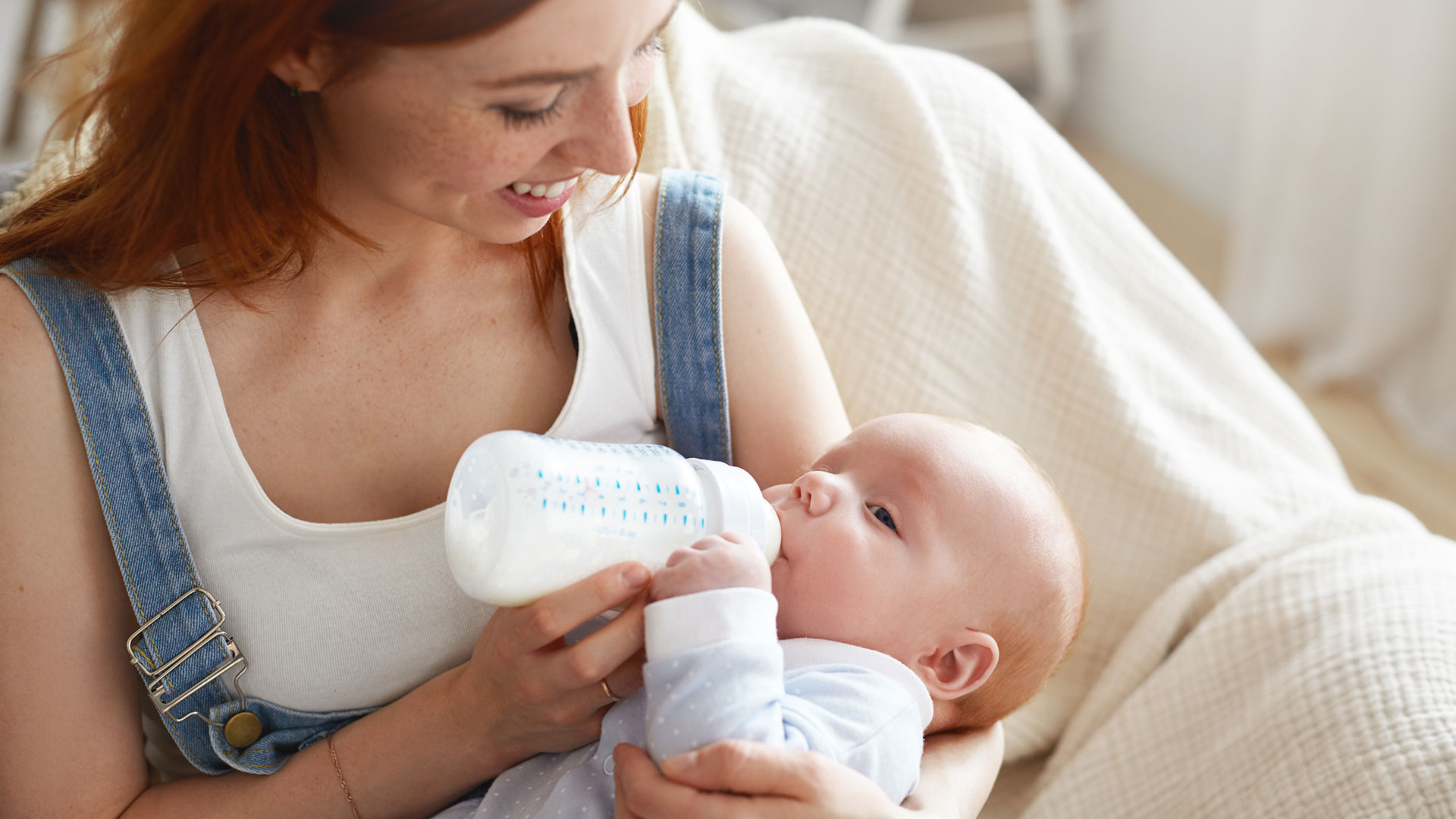With eating disorders on the rise for both girls and boys and the emphasis put on “body image” from peers and society at large, we owe it to our children to cultivate core family values about what it means to have a “healthy body.”
As a parent or guardian, your child’s concept of a healthy body begins with you. So, as we mentioned in our post about Talking to Your Kids About The Birds & Bees, the conversations you have – and the examples you set – at home have a lasting impact on your child’s experience.
What Is a Healthy Body Anyway?
At Pediatric Associates of the Northwest, we see a big shift in how our patients think about or talk about their bodies at around the fifth to ninth grades – or between the ages of nine and 15. And, not surprisingly, if a parent is continuously focused on their own weight or body image-based diets, their children are more likely to do the same. Since children are soaking up your words and actions from Day 1, it’s never too early to make healthy body themes part of your household value system.
But what is a healthy body anyway?
Nutrition + Activity + Positive Mindsets = A Healthy Body
Not so long ago, we talked about healthy bodies through the lens of weight or body mass index. However, these numbers didn’t always make sense. Depending on a variety of factors, a person can look pretty fit and be unhealthy, or they can look overweight but actually be fit.
When we work with patients and families on feeling great in the body they have, we focus more on:
- Eating healthy food that fuels our body.
- Being active.
- Being strong.
- Optimizing social, mental, and emotional fitness.
Try to make healthy food choices
It’s a busy world out there, and we know eating three square homemade meals daily may be unrealistic. Instead, we support families in doing their best to:
- Re-calibrate their intake of fast/processed foods. Minimize the intake of fast or processed foods as much as you can. Today’s fast-food restaurants have more salad and fruit options than ever, so roll those into the typical order rotation. When shopping, it’s just as easy to grab a fruit tray, a can of mixed nuts, or precut veggies and hummus as it is to grab a bag of chips.
- Honor the 3 & 2 Per Day rule. Try to ensure everyone eats three servings of veggies and two fist-sized servings of fruit daily. Even if other “healthy foods” fall by the wayside, those veggies and fruits provide lots of nourishment. Heading to a farmer’s market is a great way to get more excited about what you’re eating, along with having access to fresh, seasonal, and local foods.
- Make weekdays dessert free. PANW’s Dr. Pilar Buerk’s family used foods like desserts and pizza nights as weekend treats rather than an everyday event. They can be built into other family bonding rituals like family movie time or game nights.
- Honor family mealtime. Family meals are important, and they don’t have to be at great length. Even seven to 10 minutes of sitting with your child while eating dinner or having a healthy snack does wonders for fostering connection. The earlier you begin modeling family meal behavior (no taking meals in bedrooms, no phones/tech at the table, eye-to-eye contact while conversing), the easier it is to avoid battles when they’re older.
The subject of healthy food and nutrition is a great one to bring up at your child’s next wellness visit (if it doesn’t come up automatically), especially if you have a child who balks at eating healthy foods.
Exercise (as a family when possible)
Physical movement comes in many forms, not just the standard “gym” or “group sports.” If you exercise, it helps your kids learn how important it is. The more you can do active things together, the better. This might look like:
- Taking a hike.
- Riding bikes.
- Roller skating or rollerblading at a local park.
- Using public fields or courts to shoot hoops, play catch, or kick a soccer ball around – even if you or your child don’t identify as an athlete.
- Making a family playlist and throwing dance parties.
- Taking the dog(s) to a dog park and walking/jogging laps together.
There are many ways to build exercise into everyday life (like parking in the furthest parking space rather than the closest) and model an active lifestyle. Get creative and try all kinds of different things.
Hold emotional & social fitness as part of a healthy lifestyle
A healthy and positive mindset goes a long way in helping us feel better about ourselves – including how we view our physical body. Children with at least one, two, or three high-quality friendships fare better physically, mentally, and emotionally than those without – and the same holds true for adults.
Cultivating emotional and social fitness as part of your family’s healthy lifestyle means:
- Children are more likely to speak openly about their body concerns or pressure they’re getting from the outside world.
- You’ll create a safe space to have healthy body talks.
- They’ll trust you and confide if a coach or a peer pressures them about their body/weight/image so you can support them.
Seek Support ASAP If You Suspect Your Child Has an Unhealthy Self-Image
It’s completely normal for a young teen to make comments about being “so fat” or “needing to lose weight” because they’re surrounded by it at school and online. However, they’re also tuning in to your feedback. That’s a good opportunity to remind them that if they didn’t have a healthy body, they couldn’t have beat you the last time you raced home on a bike ride. If you are a family that thrives on positive affirmations, we recommend keeping words like “pretty” out of the equation and focus on encouraging feedback about their strength, hard work, heart, courage, or how their beauty shines from within.
If, however, you suspect their self-image is dipping into the danger zone (restrictive eating, super low self-esteem, avoiding bathing suits when swimming, extreme exercise routine), schedule an appointment at Pediatric Associates of the Northwest and let us know.
While we can do our part to offer objective feedback about where they’re at, providing insight into what’s healthy and what’s not, we may also recommend seeking a therapist who specializes in adolescents/teens. If your child is involved in sports, working with a sports nutritionist can also be helpful to make sure your athlete understands how many calories they need to be healthy with the level at which they’re performing.
We’re heading into summer sports league season, and fall will be here before we know it. This is a great time to schedule your child’s sports physicals and a perfect platform for some healthy body talk!





